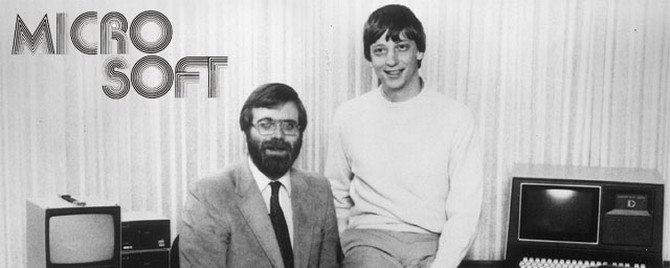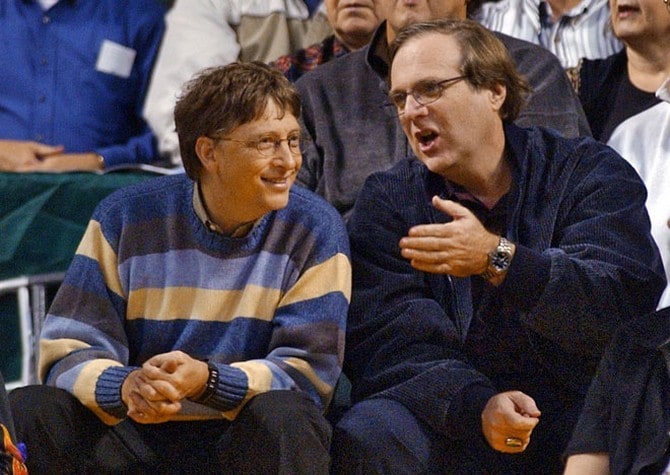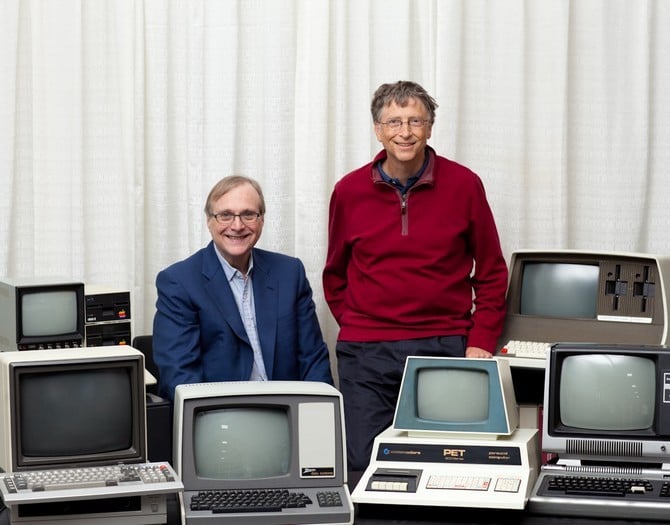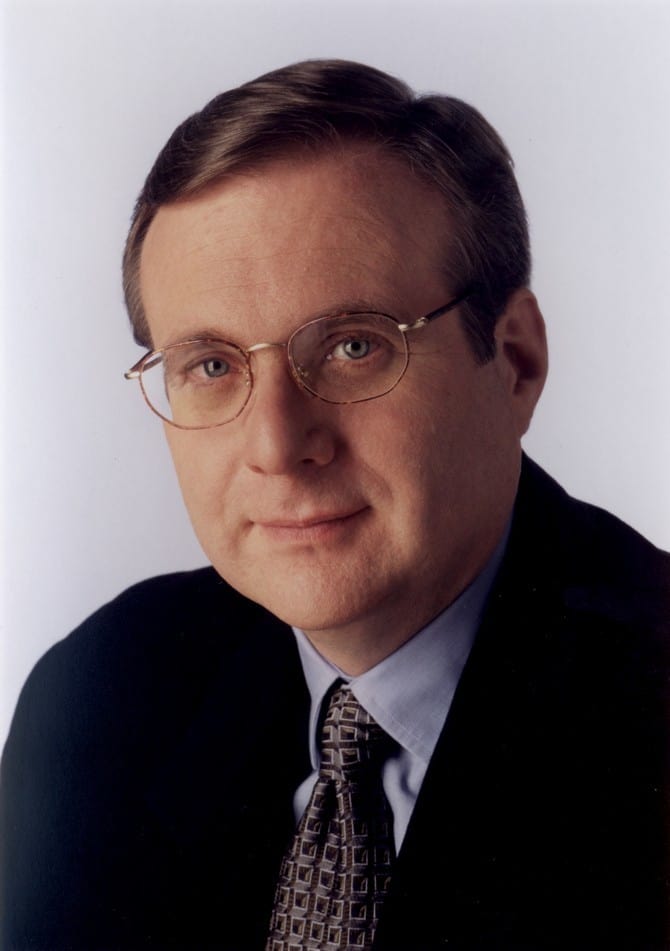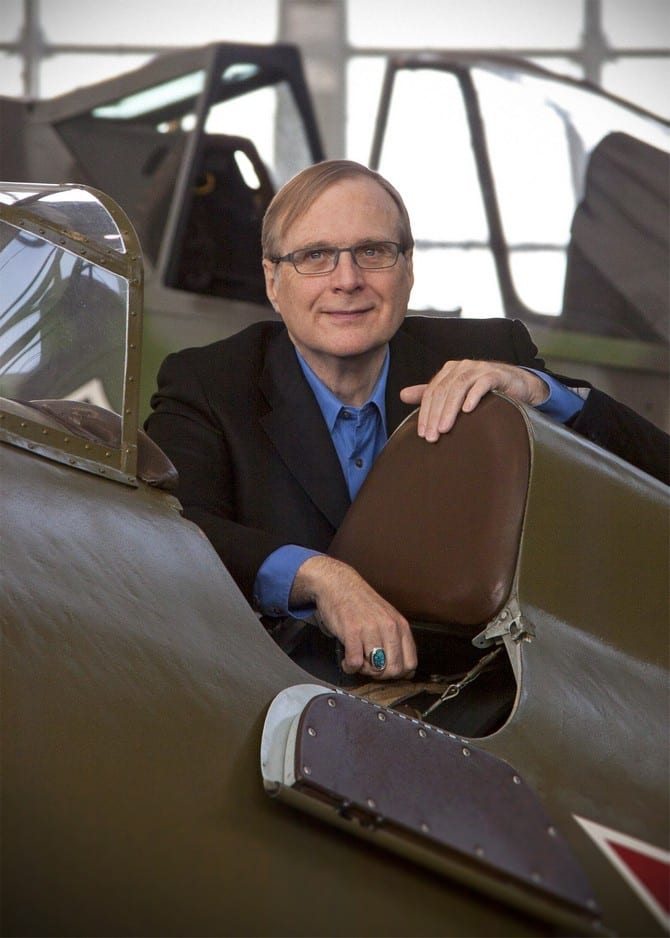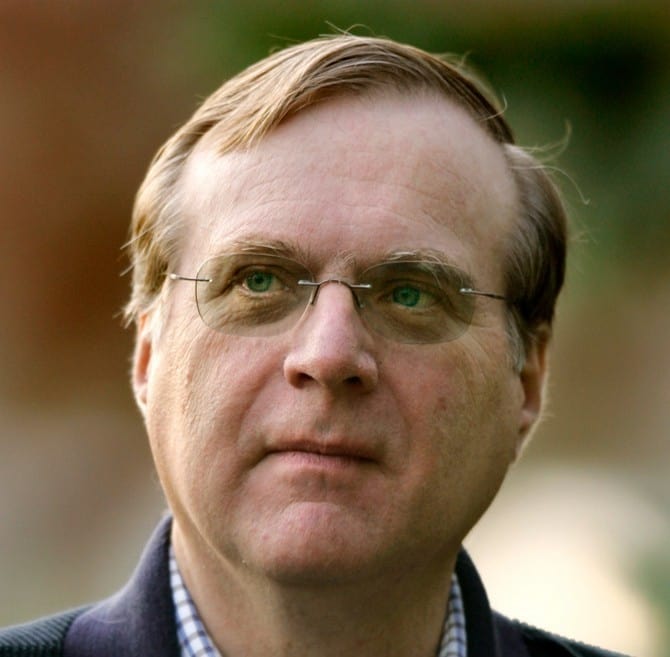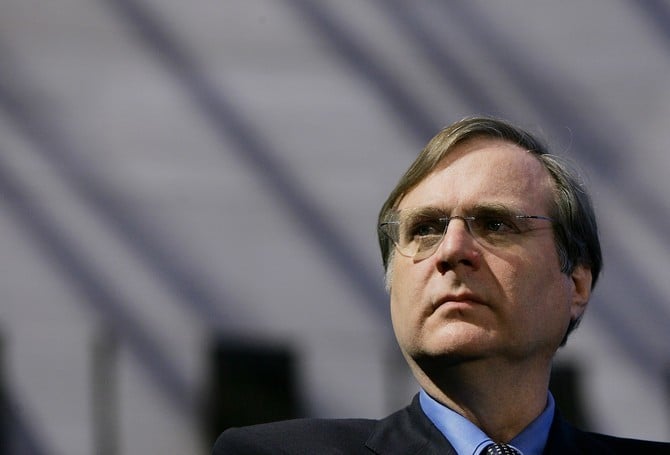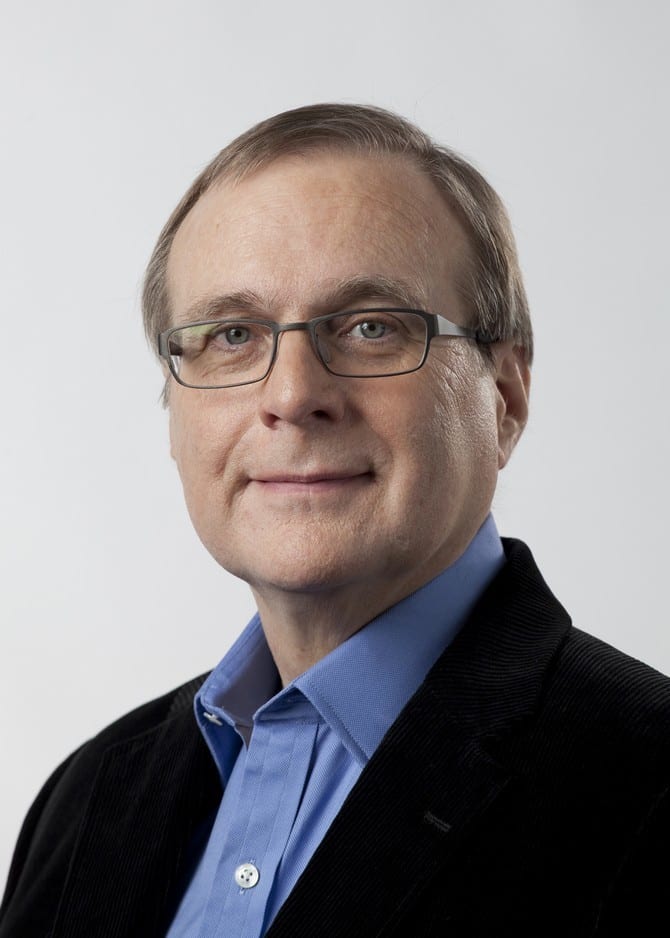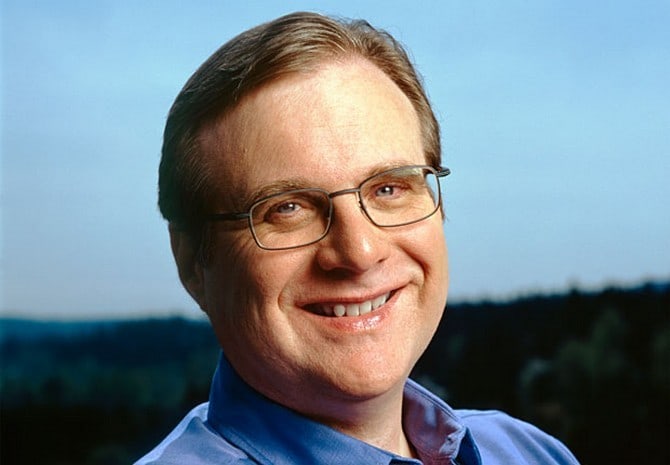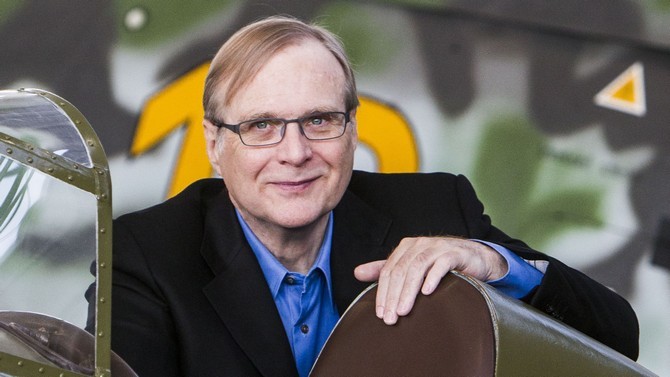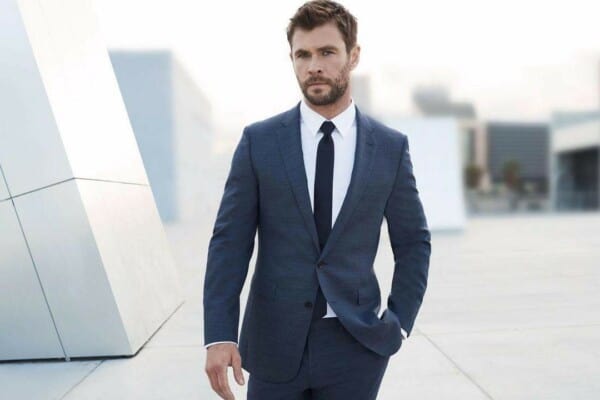Paul Gardner Allen began his life on the 21st of January 1953 in Seattle, Washington as the son of Kenneth Sam Allen and Edna Faye Allen. His father worked as an associate director of the University of Washington libraries.
Allen went to the Lakeside private School in Seattle and this is where he met Bill Gates who was three years younger than him. They got along very well due to the shared interest in computers and the Teletype terminal available at school allowed them to develop their programming skills. They even got a job to write a payroll program in COBOL in 1970.
Allen was extraordinary from this young age, receiving a perfect 1600 score on the SAT and then he went to Washington State University, becoming a member of the Phi Kappa Theta fraternity, but after only two years he dropped out to work as a programmer at the Honeywell company in Boston.
Moving to Boston got him in touch with Bill Gates once more and they began making plans to create their own software company. Allen managed to convince Bill to give up his studies at Harvard University and pursue the foundation of Microsoft which began in Albuquerque, New Mexico in 1975 by the marketing of a BASIC programming language interpreter.
They were working at an operating system at the same time and in 1980 they managed to create a Disc Operating System (DOS) for IBM. Allen was the one who came up with the name Micro-Soft and he was also the one who made a deal to purchase the Quick and Dirty Operating System (or QDOS) from Tim Paterson, thus allowing Microsoft to secure a contract that would put DOS on the IBM PC line.
When computers appeared with the DOS software on them the road to wealth was quite certain for Allen and Gates but it wasn’t all perfect, since in 1982 Allen was diagnosed with Hodgkin’s lymphoma and he had to go through radiation therapy.
The shock of the disease made him distance himself from the company, resigning in 1983 although he was still a senior strategy advisor to the executives and still owns around 100 million shares. He officially resigned from the Board of Directors in November 2000.
The brain of Microsoft, as he called himself, still remains connected to the company even after three decades since he left and during the following years he created Vulcan Capital, a company that would manage his investments, in 1986, naming his sister Jody as the CEO.
He holds 43 patents from the United States Patent and Trademark Office and at the initial public offering of Microsoft in 1986 he had 36 percent of the company (since at the inception Gates insisted to have 60 percent and Allen only 40 percent). The price of the shares was of $21 and is now worth around $8000.
In 1988 he bought the Portland Trail Blazers team which plays in the National Basketball Association and by 1990 he became a billionaire when the Microsoft shares rallied. When asked about the division of the stake at the beginning of the company he said that he took the smaller side because he was having another job at the time and considered this to be fair.
Since 1985, once he got rid of his disease he took up scuba diving and is certified, considering the sport his way of letting go and escaping the daily worries. He is also an avid Jimi Hendrix fan, trying for years to learn the song “Purple Haze”. His yachts all have recording studios in them since he often has rock star friends on them like Peter Gabriel, Bono or Dan Aykroyd. He even released a blues album in 2013 with the title Everywhere at Once under the band name Paul Allen and the Underthinkers.
The “wired world” vision described by him led him to large investments in the cable companies in 1992 and some of them proved unsuccessful making him lose around $8 billion in the process by the 2000s. On the other side the investments he made in residential and commercial spaces through Seattle paid off and made billions of dollars, so it all evened out in the end.
In 1997 he expands his sports interests by purchasing the Seattle Seahawks National Football League team. This was done after the former owner wanted to move the team to southern California. The purchase gave new life to the team with a stadium that led to an increase in the overall worth of the team. It was valued at $1.33 billion in August 2014.
In December 1999 the new worth of Allen reached a new high at $36,2 billion but the next year the his stake in Microsoft was reduced to below 5%, preferring to orient his interests in other fields such as the hands-on music museum called Experience Music Project initiated in 2000.
His interests in the latest technological development led to projects of brain mapping started in 2002 that began with mice and continued with humans, thus bringing yet another progress to the sciences. The institute was called Allen Institute for Brain Science and it was a non-profit entity that received $500 million from Paul. By 2012 he expanded its scope through the addition of another $300 million and all the research done in the institute is freely available.
In 2003 he launched the yacht Octopus, with a length of 126 m, making it one of the largest in the world. It is equipped with two submarines, two helicopters, a music studio, a swimming pool and even has its own basketball court.
He loaned the yacht for rescue or research operations and it is a member of AMVER, a voluntary group ship reporting system used by authorities for assistance to those in distress. A year after the launch of Octopus his ambitions grew and he launched the reusable spacecraft SpaceShipOne.
In 2009 he was once again diagnosed with a serious disease, non-Hodgkin’s lymphoma and received treatment. He sold some of his real estate ventures which were quite productive and extensive. Amazon received the South Lake Union Seattle for $1.16 billion and this was one of the most expensive office deals ever made in Seattle. He commented about the development that it “exceeded his expectations”.
In 2014 his team Seattle Seahawks would with their first Superbowl and Allen would continue his investment ventures as well as his philanthropic commitments and with the Ebola epidemic he became the largest donor in this crisis with $100 million, while also creating the TackleEbola.org website as an additional way of spreading awareness about the disease.
He is still unmarried and lives in Mercer Island, Washington with a current estimated worth of $17.6 billion according to Forbes. He described his work thus: “in my own work, I’ve tried to anticipate what’s coming over the horizon, to hasten its arrival, and to apply it to people’s lives in a meaningful way.”

